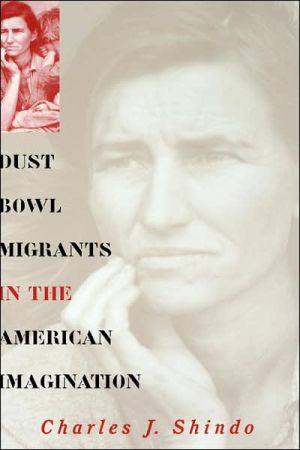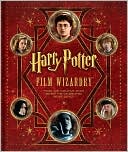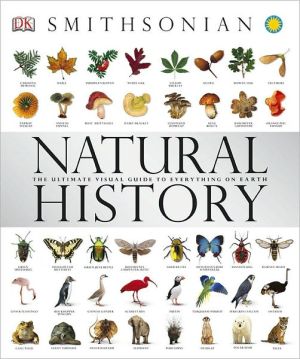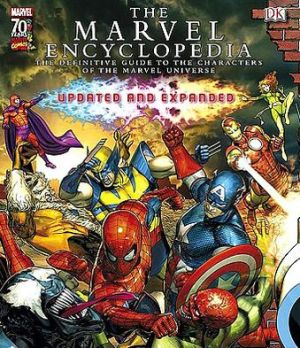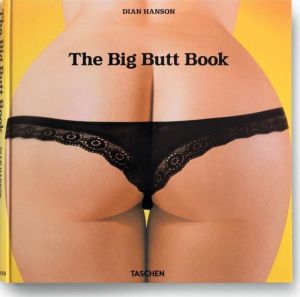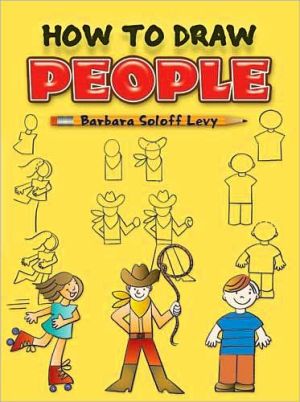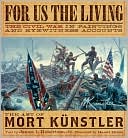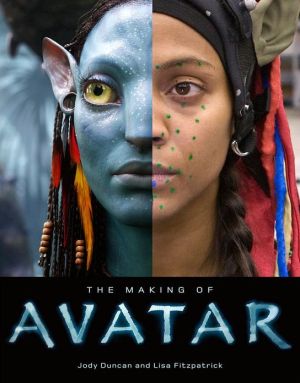Dust Bowl Migrants in the American Imagination
More than any other event of the 1930s, the migration of thousands of jobless and dispossessed Americans from the Dust Bowl states to the "promised land" of California evokes the hardships and despair of the Great Depression. In this innovative new study, Charles Shindo shows how the public memory of that migration has been dominated not by academic historians but by a handful of artists and would-be reformers.\ Shindo examines the images of Dust Bowl migrants in photography, fiction, film,...
Search in google:
More than any other event of the 1930s, the migration of thousands of jobless and dispossessed Americans from the Dust Bowl states to the "promised land" of California evokes the hardships and despair of the Great Depression. In this innovative new study, Charles Shindo shows how the public memory of that migration has been dominated not by academic historians but by a handful of artists and would-be reformers.Shindo examines the images of Dust Bowl migrants in photography, fiction, film, and song and marks off the various distances between these representations and the realities of migrant lives. He shows how photographer Dorothea Lange, novelist John Steinbeck, Hollywood filmmaker John Ford, and folksinger Woody Guthrie, as well as folklorists and government reformers, sympathized with the migrants' plight but also appropriated that experience to further their own aesthetic and ideological agendas. The haunted look of Lange's "Migrant Mother" and other photos, the powerful story of the Joad family in Steinbeck's The Grapes of Wrath, Ford's poetic cinematic adaptation of that novel, and the gritty plainfolk lyrics of Guthrie's Dust Bowl Ballads have all combined to portray the migrants as the quintessential victims of the Great Depression. Shindo, however, contends that these artists failed to fully grasp the realities of "Okie" culture and seemed far more concerned with promoting views and agendas that the migrants themselves might have found inaccurate or unappealing. Shindo's study shows us how art can dominate history in the popular mind and illuminates the ways in which artists blend aesthetics and politics to make a personal statement about the human condition. His book not only increases our understanding of a tragic era in American history but also expands the scope of current histories of the American West to include cultural representations and their importance.Publishers WeeklyOnly a third of the one million migrants to California during the Great Depression fled the dust storms in the Midwest, and only half of those were farmers; yet the popular myth of the hungry, poor and dispossessed farmer who only wanted a piece of land to call his own continues to dominate. In this cultural history, Shindo, who teaches history at Louisiana State University, examines the impact of the myth and the reality of Dust Bowl migrants. The four major artists treated here are Dorothea Lange, whose photographs collected in Migrant Mother (1936) symbolized all Depression hopelessness; Woody Guthrie, whose Dust Bowl ballads were informed by his own experiences as an Okie migrant; John Steinbeck, whose novel The Grapes of Wrath (1939) generalized human suffering; and John Ford, who adapted that novel to film the next year. According to Shindo, all of these artists had social or political motives: Lange sees the potential desolation of mechanization, particularly agricultural mechanization; Guthrie's songs present the migrant as an American original resisting injustice. And Ford and Steinbeck, Shindo says, ultimately had two different ideas about The Grapes of Wrath: "For Ford, the migrants found what they had lost-the Jeffersonian ideal; for Steinbeck, the migrants needed to learn a new ideal, one of shared humanity, the organic universe." While Shindo does shed light on the migrant camps and federal attempts to regulate agricultural labor, this remains a book about how art transforms reality and especially how it created the abiding image of the Dust Bowl migrant as a victim of circumstance. (Feb.)
AcknowledgmentsList of IllustrationsDisplaced Voices: The Migrants as American Victims11The Ideals of American Democracy: New Deal Reformers and the Migrant112The Passion and the Humanity: Dorothea Lange and Migrant Mother373The Perfectibility of Man: John Steinbeck and The Grapes of Wrath55Photo Essay - Introducing Americans to America: The Image of the Migrants754The World-Old Desire to Tell a Story: John Ford and The Grapes of Wrath1475The Things That You Fight For: Woody Guthrie and the Dust Bowl Ballads1676The Uses of American Culture: Folklorists and the Migrant189The Ghost of Tom Joad: The Persistence of Dust Bowl Representations211Appendix: A Note on Method217Notes223Bibliography239Index247
\ Publishers Weekly - Publisher's Weekly\ Only a third of the one million migrants to California during the Great Depression fled the dust storms in the Midwest, and only half of those were farmers; yet the popular myth of the hungry, poor and dispossessed farmer who only wanted a piece of land to call his own continues to dominate. In this cultural history, Shindo, who teaches history at Louisiana State University, examines the impact of the myth and the reality of Dust Bowl migrants. The four major artists treated here are Dorothea Lange, whose photographs collected in Migrant Mother (1936) symbolized all Depression hopelessness; Woody Guthrie, whose Dust Bowl ballads were informed by his own experiences as an Okie migrant; John Steinbeck, whose novel The Grapes of Wrath (1939) generalized human suffering; and John Ford, who adapted that novel to film the next year. According to Shindo, all of these artists had social or political motives: Lange sees the potential desolation of mechanization, particularly agricultural mechanization; Guthrie's songs present the migrant as an American original resisting injustice. And Ford and Steinbeck, Shindo says, ultimately had two different ideas about The Grapes of Wrath: "For Ford, the migrants found what they had lost-the Jeffersonian ideal; for Steinbeck, the migrants needed to learn a new ideal, one of shared humanity, the organic universe." While Shindo does shed light on the migrant camps and federal attempts to regulate agricultural labor, this remains a book about how art transforms reality and especially how it created the abiding image of the Dust Bowl migrant as a victim of circumstance. (Feb.)\ \ \ \ \ Library JournalOur notions of the "Okies" who migrated to California during the 1930s Dust Bowl, according to historian Shindo (Louisiana State Univ.), have been shaped largely, and falsely, by Dorothea Lange's documentary photography, Woodie Guthrie's music, and John Steinbeck's The Grapes of Wrath, later made into a film by John Ford. Each of these artists, he argues, used the Okie "victims" to advance a liberal agenda with small regard for their subjects' real concerns. Shindo's thesis derives in part from James Gregory's American Exodus (LJ 9/15/89), which is more balanced. One wonders, for example, in reading that Guthrie's "use of the office of folksinger aligned him with intellectuals and civil servants against the migrants," whether he is judging too harshly and whether, in fact, he has his own agenda. A provocative book, attractively illustrated with over 35 photographs, this remains optional for academic libraries.-Robert F. Nardini, North Chichester, N.H.\ \ \ BooknewsShows how public memory of the migration of dispossessed Americans from the Dust Bowl states to California in the 1930s has been dominated by images and rhetoric from a handful of artists and reformers. Looks at migrants in photography, fiction, film, and song, revealing that the creators of these images were more concerned with promoting their own agendas rather than accurately portraying Okie culture. Includes b&w photos. For students and general readers. Annotation c. by Book News, Inc., Portland, Or.\ \
